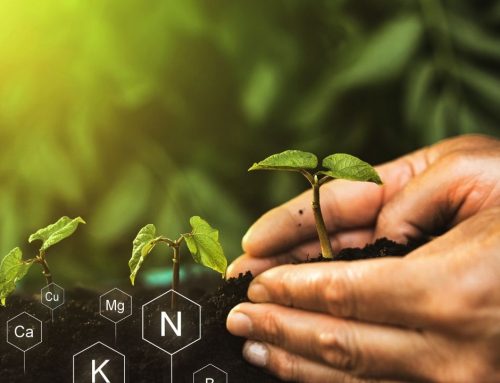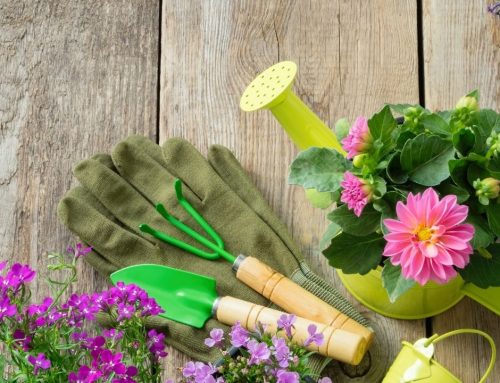The secret to growing healthy plants is simple: provide the right amount of light. But traditional lighting can be expensive and wasteful, and artificial light can have unwanted side effects on your health and the environment.
That’s why people are turning to the latest lighting innovation – LED lights. The right LED light can bring the right amount of light to the right place, helping your plants grow strong and healthy.
LED lights have taken the world of gardening by storm. They’re brighter than ever, last much longer, and use a fraction of the electricity of traditional bulbs.
The only downside is that they tend to heat up the space they’re in, which can be an issue if you have a really small room. This is why you should place them only in large areas or rooms. Otherwise, such lights work well on very delicate flowers too!
The Benefits Of Installing LED Grow Lights For Indoor Plants
Indoor plants need bright lights to grow, but artificial light can hurt their health. Luckily, you can give your plants the light they need with an LED grow light.
These lights use plant-safe LEDs to provide the intensity, spectrum, and color your plants need to grow efficiently. They also use far less electricity than traditional bulbs, and don’t contain any of the harmful chemicals used in traditional indoor lighting.
LEDs use less water and nutrients than traditional heating systems, and they save energy. They also reduce the risk of damage from excess heat, which means LEDs are a great choice for spaces with delicate plants like orchids, cacti, and succulents.
By using LED lights for plants, you can grow plants that grow the way you want them to, flower when they’re supposed to, and produce healthier, greener leaves and stems.
What Makes LED Grow Lights Better Than Traditional Lights
Compared to traditional incandescent lighting, modern LED grow lights offer several advantages, including lower energy usage, longer life, and better color consistency.
In terms of spectrum, LED lights use a wider range of colors than traditional incandescent bulbs, which is especially beneficial to plant growth.
The higher color temperatures produced by LED lights also help to improve the quality of the light your plants receive, which in turn helps to promote strong growth and better health.
Some of the most advanced LED grow lights on the market today are capable of producing light with a peak wavelength as short as 440 nanometers, which is shorter than the wavelength of some traditional red, orange, and yellow artificial lights.
Purple LEDs Are The Best For Most Indoor Plants
Purple LEDs are great for growing plants because they have a higher PAR value than other lights. PAR is the amount of light that is actually used by the plant for photosynthesis.
Plants use light to make food in their cells, and PAR increases the amount of light that is used by the plant for photosynthesis, improving plant growth. Purple LEDs also have a higher lumen output than other lights, which means that more light is available to the plant, improving plant growth even more.
Indoor plants and succulents are grown under purple light show increased levels of chlorophyll, which is a green pigment that helps plants capture energy from the sun. Purple light has also been shown to stimulate plant growth, especially when paired with red lighting.
Plants use photosynthesis to turn light into energy, and purple light is the only kind that can penetrate the deep chloroplasts of plants. This allows plants to use their whole energy potential to grow, instead of just a fraction of what they could produce with white light.




Leave A Comment